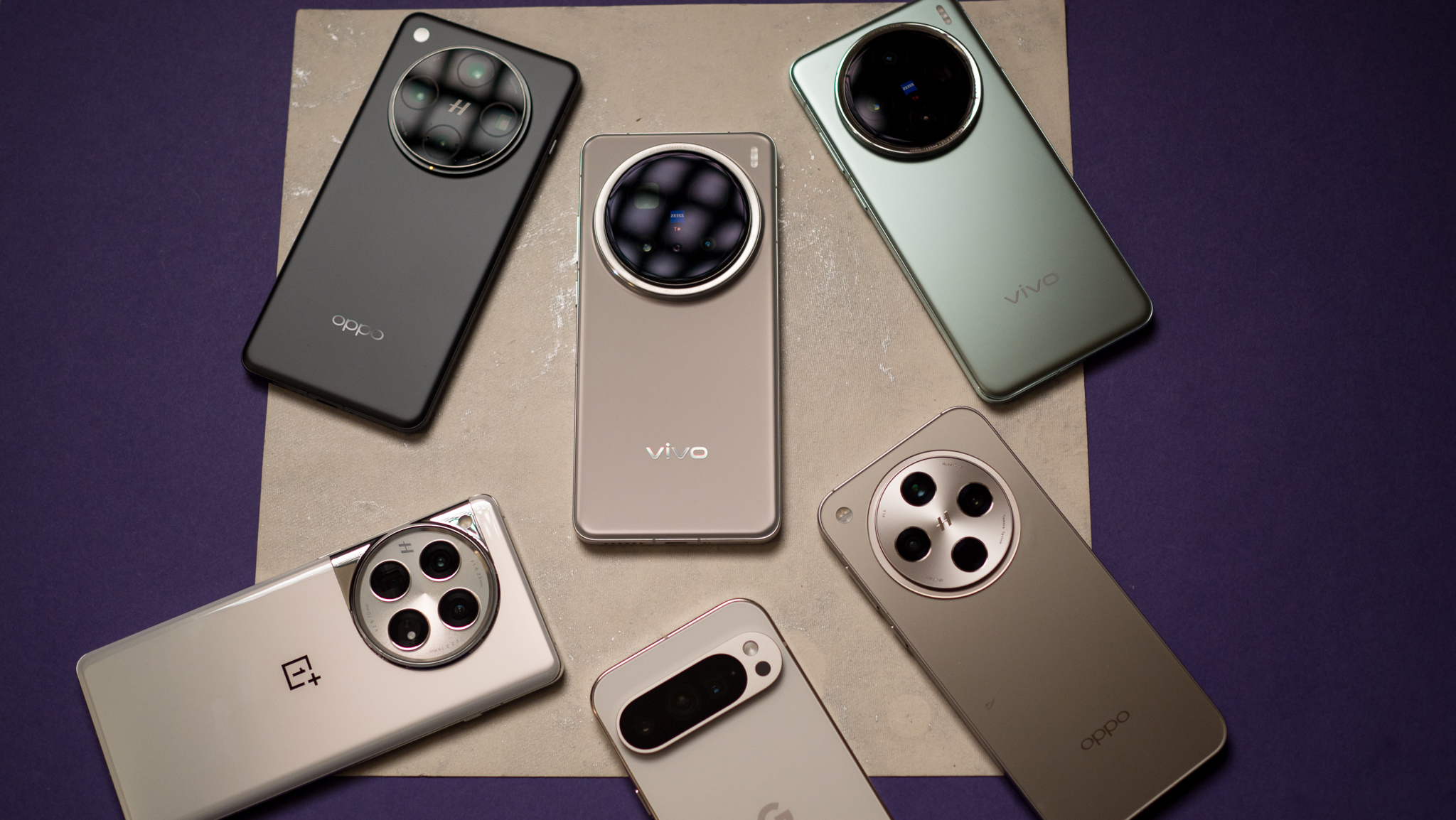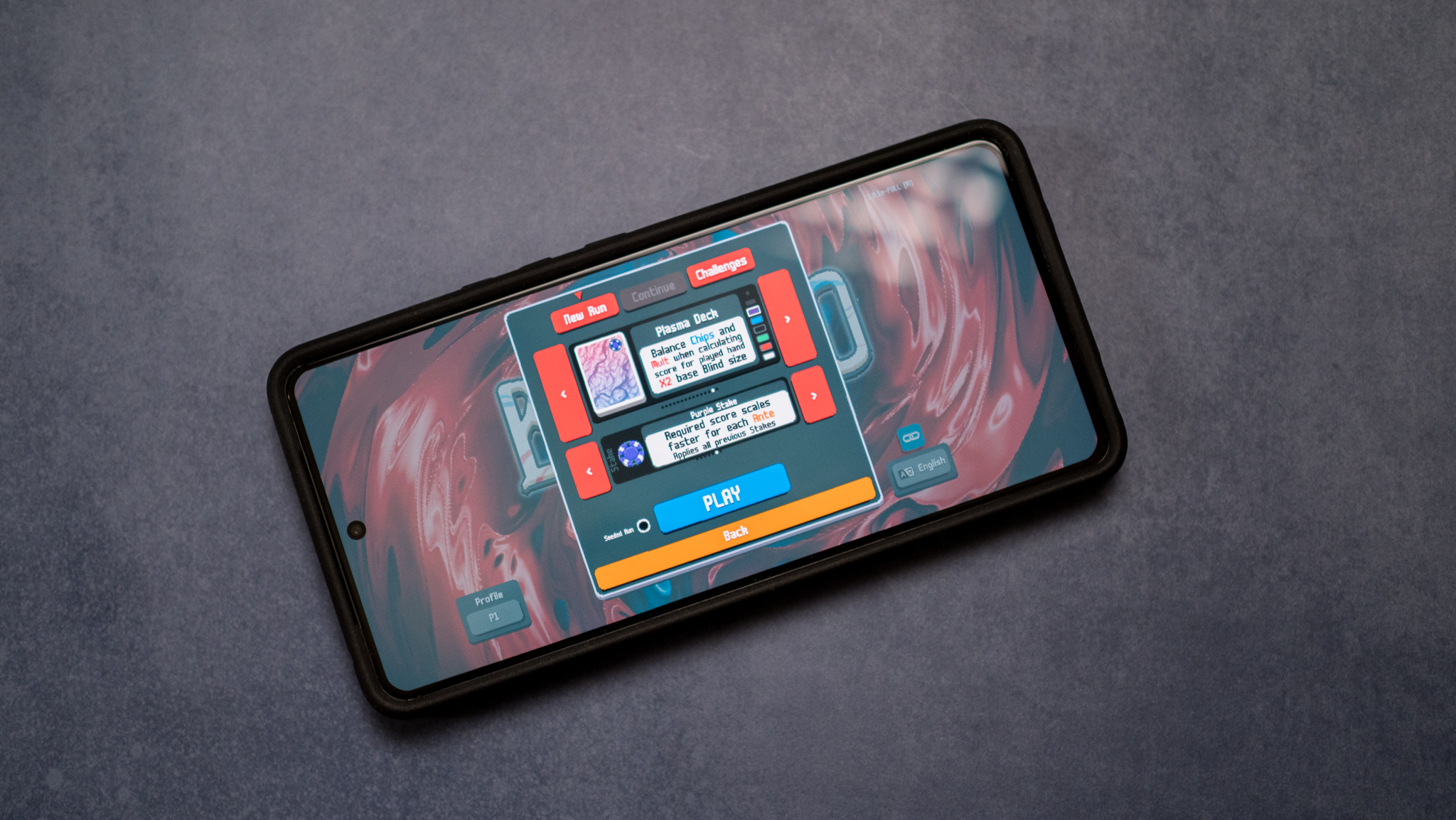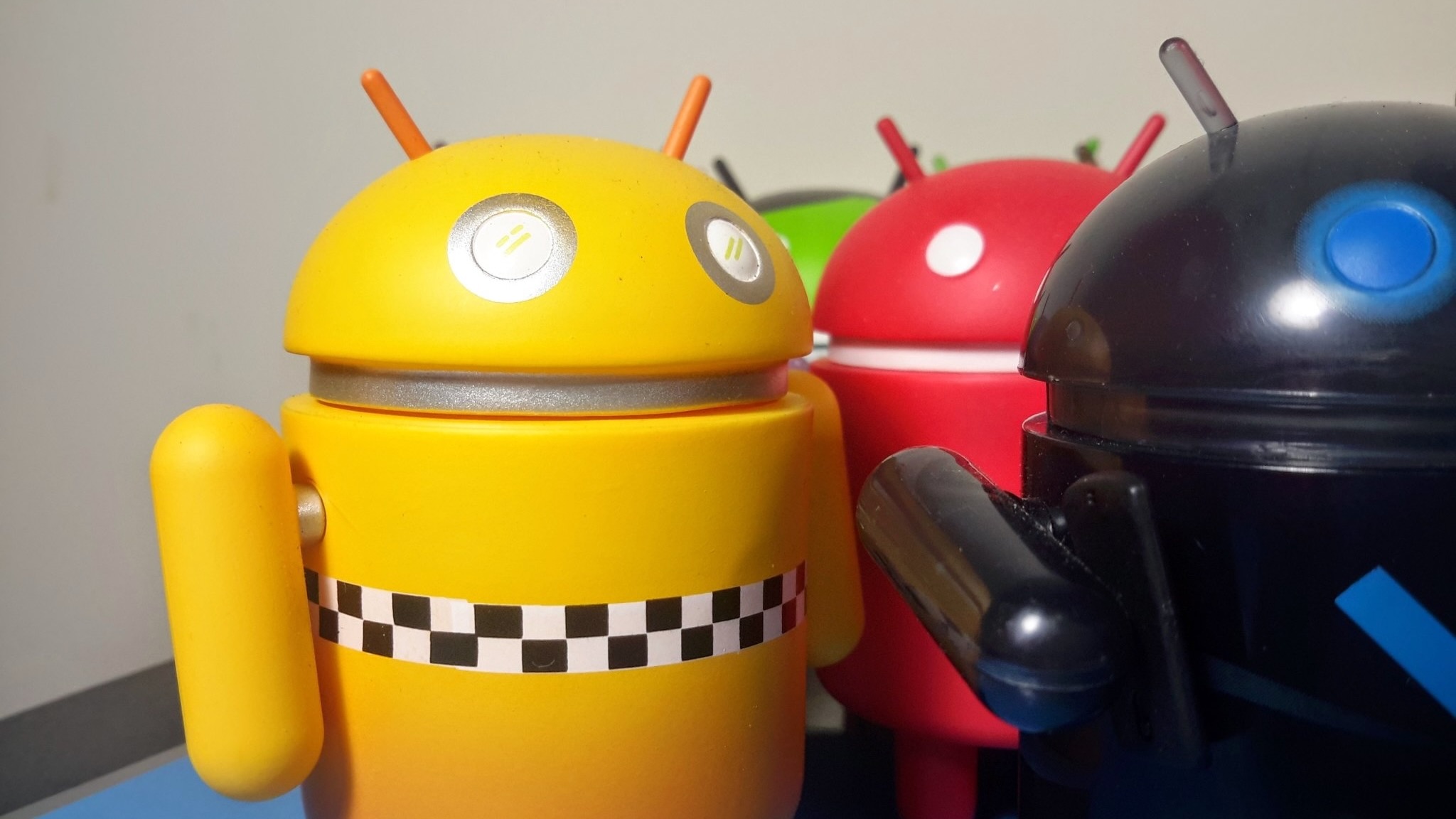Qualcomm Snapdragon 8 Elite vs. MediaTek Dimensity 9400 vs. Google Tensor G4: What's the best mobile chipset of 2025?
I used the best Android phones of 2025, and I'm sharing my findings.

It's a particularly interesting year in the mobile industry, with Qualcomm and MediaTek making sizeable gains with their offerings. Qualcomm switched to a fully-custom design after a decade, and the result is that the Snapdragon 8 Elite has generational gains over the Snapdragon 8 Gen 3, and it is magnificent.
MediaTek isn't sitting idly by either, and the Dimensity 9400 has notable design wins and much better performance. By contrast, Google's decision to play it safe with the Tensor G4 feels shortsighted, and the Pixel 9 Pro XL doesn't bring any meaningful upgrades in this area.

In Hardwired, AC Senior Editor Harish Jonnalagadda delves into all things hardware, including phones, audio products, storage servers, and networking gear.
I used over a dozen phones powered by the latest chipsets in the last three months, and it's time to take a look at how they differ. Before I get to the benchmarks, a quick overview of what's new this year. Obviously, we need to start with Qualcomm, because the Snapdragon 8 Elite is different to what we've seen in the past.
Qualcomm went to a fully custom CPU design in a move that's similar to what Apple does with its own silicon, and it allowed the chip vendor to fine-tune the platform by a considerable amount. It isn't astonishing, then, that the platform has the best single-and multi-core CPU scores of anything I tested, and it even outmatches the iPhone 16 Pro Max — a huge deal in and of itself.
The gains with the GPU aren't as noticeable, and while it continues to be one of the best around, it doesn't have an outsized lead. Thankfully, MediaTek was also able to deliver a platform that's fantastic, and the Dimensity 9400 has enticing upgrades. Although it uses stock Arm cores, MediaTek's decision to exclusively leverage big cores makes a clear difference when it comes to performance. MediaTek has been doing this for two years now, and it nailed the fundamentals.

Interestingly, the GPU on the Dimensity 9400 is able to hold its own against what Qualcomm is offering. That just hasn't been the case in previous years, and I even managed to get better scores with the Immortalis-G925 than the Adreno 830. Qualcomm still leads the way with sustained performance, but it's great to see MediaTek gaining ground in this key area.
There isn't much to talk about the Tensor G4, as Google is using the same core configuration and manufacturing node as the G3. While Qualcomm and MediaTek made the switch to a 3nm node — delivering big gains in efficiency — Google is still using the 4nm node, and the Pixel 9 Pro XL doesn't quite have the same battery longevity.
I'm using ASUS's Zenfone 12 Ultra as the Qualcomm baseline as it has a good thermal solution while still technically being a mainstream phone. I went with the Vivo X200 Pro to highlight the Dimensity 9400; while the Find X8 Pro also uses the same platform, I felt that the X200 Pro did a better job at gaming, so that's the one I'm using. And with Google, the Pixel 9 Pro XL has the best thermal management system in the Pixel 9 series, so that's the one I used.
Category | ASUS Zenfone 12 Ultra | Vivo X200 Pro | Google Pixel 9 Pro XL |
|---|---|---|---|
Geekbench 6 (single-core) | 3116 | 2381 | 1895 |
Geekbench 6 (multi-core) | 9824 | 7175 | 4111 |
PCMark Work 3.0 (Overall) | 25558 | 15731 | 13028 |
PCMark Work 3.0 (Web Browsing) | 32147 | 13716 | 10322 |
PCMark Work 3.0 (Video Editing) | 9152 | 5823 | 7606 |
PCMark Work 3.0 (Writing) | 32843 | 24744 | 15582 |
PCMark Work 3.0 (Photo Editing) | 59086 | 13582 | 19293 |
3DMark Wild Life Extreme (score) | 4782 | 6070 | 2483 |
3DMark Wild Life Extreme (FPS) | 28.64 | 36.35 | 14.8 |
3DMark Solar Bay (score) | 7863 | 11021 | NA |
3DMark Solar Bay (FPS) | 29.9 | 41.91 | NA |
Geekbench AI (Quantized Score) | 5478 | 2436 | 2620 |
When it comes to the CPU, it's clear that Qualcomm has a definite edge this year. The custom design allowed devices like the Zenfone 12 Ultra and Honor Magic 7 Pro to net the best scores in Geekbench 6's single- and multi-core workloads, and I don't see this changing over the course of 2025. The Dimensity 9400 does a great job as well, and while it is faster than last year, it doesn't outshine Qualcomm.
As you can imagine, the Pixel 9 Pro XL lags behind its rivals, posting scores that just don't measure up — the Snapdragon 8 Gen 3-based OnePlus 13R does a better job. Annoyingly, it's a similar story with the GPU as well, and the device just doesn't come close to 2025 flagships. That said, I didn't see any slowdowns in regular use, and if anything, Google did a great job with optimization with the Android 15 update, and the Pixel 9 Pro XL has much better fluidity than previous years.
The biggest issue is that the 9 Pro XL just doesn't deliver the same level of performance in demanding games. You don't get stable framerates, it throttles too soon, and it doesn't even measure up to Qualcomm and MediaTek's 2024 offerings, much less their latest platforms.
Google says it positioned on-device AI as the differentiator with the Tensor G4, but even in this area, it doesn't do anywhere as well as Qualcomm. It has a slender lead over the Dimensity 9400 in Geekbench's AI workloads, but the Zenfone 12 Ultra once again has the distinct edge, with Qualcomm's NPU clearly the one to beat.

When it comes to gaming, the Immortalis-G925 in the Dimensity 9400 delivered the best scores in 3DMark's Wild Life Extreme and Solar Bay tests. That said, the platform tends to throttle aggressively, and the X200 Pro had a stability score of just 49% in the demanding Steel Nomad Light endurance run. By contrast, Qualcomm-powered devices managed a score of at least 70%, with most devices going up to 90% in the same test.
The downside to limited throttling is that Qualcomm-based devices tend to run hotter. The X200 Pro went up to a maximum of 44 degrees Celsius after an extended gaming session, but the Zenfone 12 Ultra hit 46 degrees, and Nubia's Z70 Ultra got up to 59 degrees — the highest of any phone I tested.
Synthetic tests don't reveal the whole story, but having used these devices for an extended amount of time, what's clear is that both Qualcomm and MediaTek have done a fabulous job this year. I'm glad that MediaTek is able to deliver a product that goes up against Qualcomm in the high-end category — that just hasn't been the case in previous years.

Another interesting point is the ISP; while Qualcomm continues to make gains in this area, MediaTek outdid itself this year, with the X200 Pro and Find X8 Pro delivering the best camera packages of 2025. Of course, the camera hardware and tuning makes a sizeable difference, but the ISP on the Dimensity 9400 is an integral part of the package, and MediaTek did all the right things.
It's a similar situation with battery life. The key talking point is the introduction of silicon-carbon battery tech, and Dimensity 9400-powered devices have a clear edge when it comes to battery life. While the OnePlus 13 and Vivo X200 Pro have identical 6000mAh cells, the X200 Pro managed to last longer in my testing, delivering an additional hour of screen-on-time.
I didn't do any quantitative battery testing, but my usage across devices is roughly unchanged, and the two phones that delivered the best battery life are the X200 Pro and Find X8 Pro, both powered by the Dimensity 9400. Ultimately, both Qualcomm and MediaTek did a standout job with their 2025 designs, and while MediaTek is seeing better design wins, Qualcomm continues to dominate the North American market. I don't see that status quo changing anytime soon, but what's refreshing is that MediaTek has a viable alternative in the Dimensity 9400 in other global markets.
Be an expert in 5 minutes
Get the latest news from Android Central, your trusted companion in the world of Android

Harish Jonnalagadda is Android Central's Senior Editor overseeing mobile coverage. In his current role, he leads the site's coverage of Chinese phone brands, networking products, and AV gear. He has been testing phones for over a decade, and has extensive experience in mobile hardware and the global semiconductor industry. Contact him on Twitter at @chunkynerd.
You must confirm your public display name before commenting
Please logout and then login again, you will then be prompted to enter your display name.
